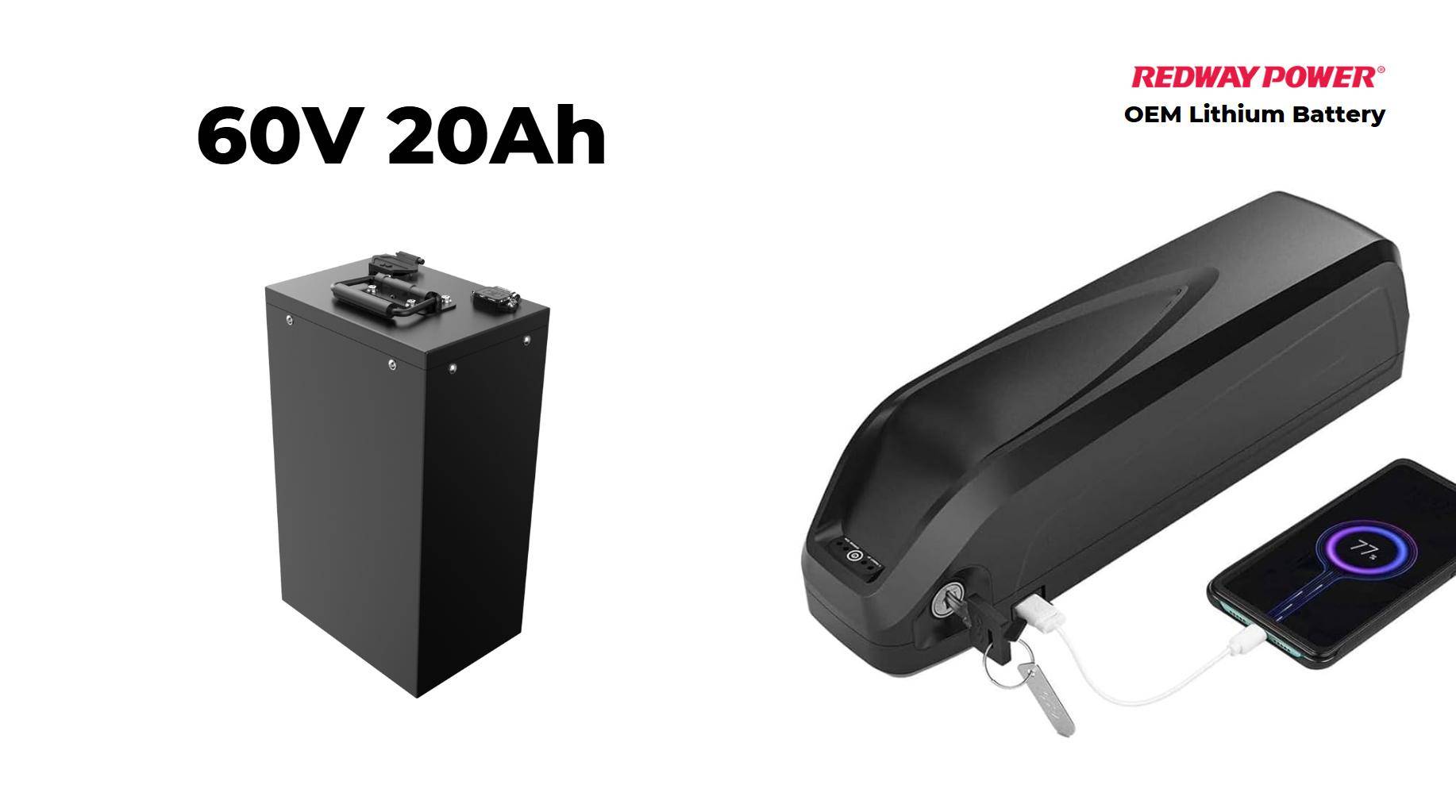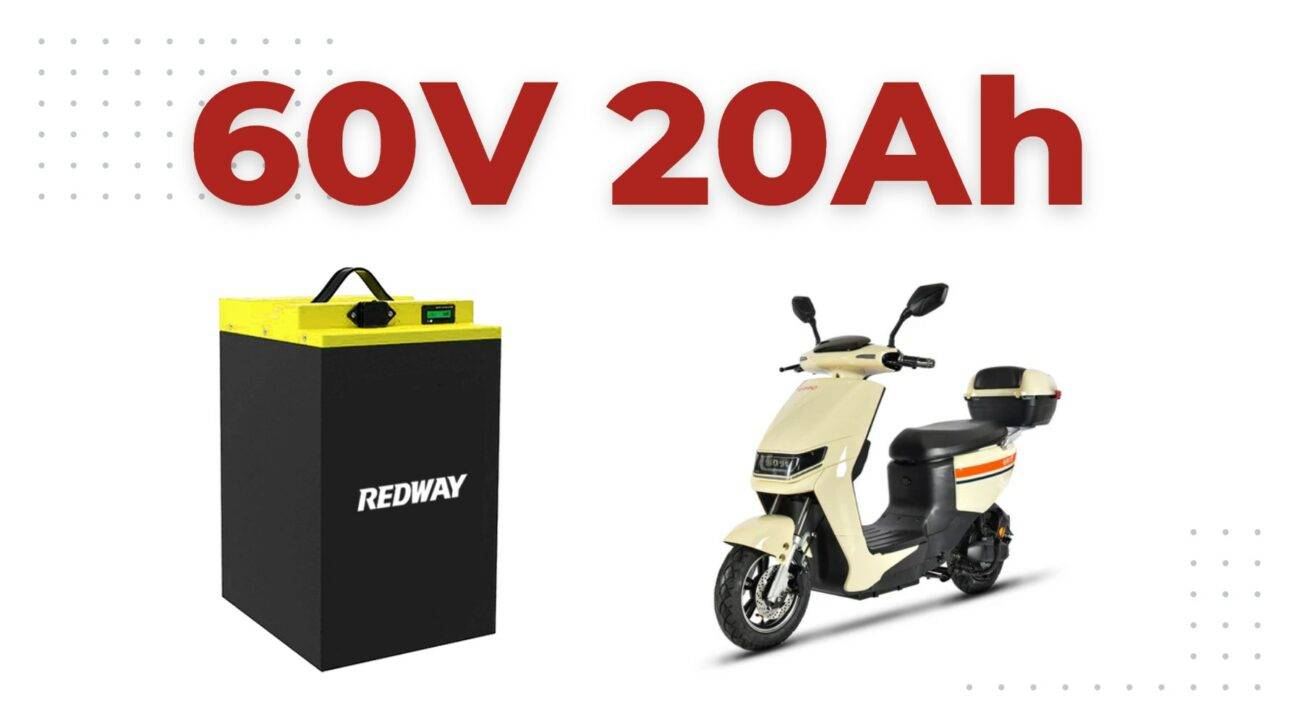- Forklift Lithium Battery
-
48V
- 48V 210Ah
- 48V 300Ah
- 48V 420Ah (949 x 349 x 569 mm)
- 48V 420Ah (950 x 421 x 450 mm)
- 48V 456Ah
- 48V 460Ah (830 x 630 x 590 mm)
- 48V 460Ah (950 x 421 x 450 mm)
- 48V 460Ah (800 x 630 x 600 mm)
- 48V 460Ah (820 x 660 x 470 mm)
- 48V 500Ah
- 48V 560Ah (810 x 630 x 600 mm)
- 48V 560Ah (950 x 592 x 450 mm)
- 48V 600Ah
- 48V 630Ah
-
48V
- Lithium Golf Cart Battery
- 12V Lithium Battery
12V 150Ah Lithium RV Battery
Bluetooth App | BCI Group 31
LiFePO4 Lithium
Discharge Temperature -20°C ~ 65°C
Fast Charger 14.6V 50A
Solar MPPT Charging - 24V Lithium Battery
- 36V Lithium Battery
- 48V Lithium Battery
-
48V LiFePO4 Battery
- 48V 50Ah
- 48V 50Ah (for Golf Carts)
- 48V 60Ah (8D)
- 48V 100Ah (8D)
- 48V 100Ah
- 48V 100Ah (Discharge 100A for Golf Carts)
- 48V 100Ah (Discharge 150A for Golf Carts)
- 48V 100Ah (Discharge 200A for Golf Carts)
- 48V 150Ah (for Golf Carts)
- 48V 160Ah (Discharge 100A for Golf Carts)
- 48V 160Ah (Discharge 160A for Golf Carts)
-
48V LiFePO4 Battery
- 60V Lithium Battery
-
60V LiFePO4 Battery
- 60V 20Ah
- 60V 30Ah
- 60V 50Ah
- 60V 50Ah (Small Size / Side Terminal)
- 60V 100Ah (for Electric Motocycle, Electric Scooter, LSV, AGV)
- 60V 100Ah (for Forklift, AGV, Electric Scooter, Sweeper)
- 60V 150Ah (E-Motocycle / E-Scooter / E-Tricycle / Tour LSV)
- 60V 200Ah (for Forklift, AGV, Electric Scooter, Sweeper)
-
60V LiFePO4 Battery
- 72V~96V Lithium Battery
- Rack-mounted Lithium Battery
- E-Bike Battery
- All-in-One Home-ESS
- Wall-mount Battery ESS
-
Home-ESS Lithium Battery PowerWall
- 24V 100Ah 2.4kWh PW24100-S PowerWall
- 48V 50Ah 2.4kWh PW4850-S PowerWall
- 48V 50Ah 2.56kWh PW5150-S PowerWall
- 48V 100Ah 5.12kWh PW51100-F PowerWall (IP65)
- 48V 100Ah 5.12kWh PW51100-S PowerWall
- 48V 100Ah 5.12kWh PW51100-H PowerWall
- 48V 200Ah 10kWh PW51200-H PowerWall
- 48V 300Ah 15kWh PW51300-H PowerWall
PowerWall 51.2V 100Ah LiFePO4 Lithium Battery
Highly popular in Asia and Eastern Europe.
CE Certification | Home-ESS -
Home-ESS Lithium Battery PowerWall
- Portable Power Stations
Understanding the 60V 20Ah Lithium Battery: A Comprehensive Guide

When evaluating the 60V 20Ah lithium battery, it is crucial to understand its specifications, compatibility, and safety features in detail. This article provides an exhaustive overview, ensuring you have all the necessary information to make an informed decision regarding this powerful battery option.
Nominal Voltage and Capacity
The 60V 20Ah lithium battery operates at a nominal voltage of 60 volts and offers a capacity of 20 ampere-hours (Ah). This configuration signifies that the battery can provide a consistent 20 amps of current for one hour or, alternatively, lower currents over a longer duration. Such specifications are ideal for high-power applications and energy-intensive devices.
Dimensions and Weight
The physical dimensions of the 60V 20Ah lithium battery are critical for integration into various systems. Typically, this battery measures approximately 12.5 inches (31.75 cm) in length, 8 inches (20.32 cm) in width, and 8.5 inches (21.59 cm) in height. Its weight usually ranges from 30 to 40 pounds (13.6 to 18.1 kg), depending on the specific manufacturer and design. These dimensions and weight make it suitable for use in medium to large-scale applications, where space and weight considerations are manageable.
Compatibility with Inverters
The 60V 20Ah lithium battery is compatible with a range of inverters designed to handle 60-volt DC input. To ensure optimal performance, it is recommended to use inverters that support this voltage range and have the capability to handle the battery’s discharge rates. This battery is commonly paired with pure sine wave inverters, which are known for their efficiency and stability, especially in solar power systems.
Safety Certifications
Safety is paramount when dealing with lithium batteries. The 60V 20Ah lithium battery typically holds several key safety certifications, including:
- UL 1973: Ensures safety standards for batteries used in stationary applications.
- CE Certification: Indicates compliance with European safety, health, and environmental protection standards.
- UN 38.3: Confirms the battery’s safety during transportation, adhering to international regulations for lithium batteries.
These certifications validate that the battery has undergone rigorous testing and meets high safety standards, minimizing risks associated with its use.
Cycle Life
The cycle life of a 60V 20Ah lithium battery is a critical factor in determining its longevity and performance. On average, this battery can achieve between 2000 to 3000 charge-discharge cycles before its capacity significantly degrades. The exact cycle life can vary depending on factors such as charging practices, discharge rates, and environmental conditions. Regular maintenance and proper usage can help maximize the battery’s lifespan.
Battery Management System (BMS) Protection Functions
The Battery Management System (BMS) is an integral component of the 60V 20Ah lithium battery, providing essential protection features to enhance safety and performance. Key functions include:
- Overcharge Protection: Prevents the battery from being charged beyond its maximum voltage, safeguarding against potential overheating and damage.
- Over-discharge Protection: Ensures the battery does not discharge below a critical voltage level, which could harm the battery’s health.
- Overcurrent Protection: Monitors and limits the current drawn from the battery to prevent excessive strain and potential overheating.
- Short-Circuit Protection: Detects and responds to short circuits, protecting the battery from damage and ensuring safe operation.
- Temperature Protection: Includes thermal sensors that monitor the battery’s temperature, enabling shutdown or throttling if excessive heat is detected.
Maximum Continuous and Peak Discharging Currents
The 60V 20Ah lithium battery typically supports a maximum continuous discharge current of approximately 50 to 60 amps, allowing it to power demanding devices without performance degradation. For short bursts, the battery can handle a peak discharge current of up to 100 amps. These current ratings are crucial for applications requiring high power outputs, such as electric vehicles and renewable energy systems.
Standard Charging Current
Charging the 60V 20Ah lithium battery efficiently requires adhering to its recommended standard charging current. Typically, this battery should be charged at a rate of 20 amps. Using the appropriate charger that matches this specification ensures optimal charging performance and battery longevity. Overcharging or using incorrect chargers can lead to reduced battery life and potential safety hazards.
Discharge-End Voltage
The discharge-end voltage of the 60V 20Ah lithium battery is generally around 40.5 volts. This voltage represents the lower limit to which the battery can be discharged before recharging is necessary. Discharging beyond this voltage could result in diminished performance and battery damage, highlighting the importance of monitoring battery levels and maintaining proper charging practices.
In conclusion, the 60V 20Ah lithium battery is a robust and versatile energy solution suitable for various high-power applications. Understanding its nominal voltage, capacity, dimensions, compatibility with inverters, safety certifications, cycle life, BMS protection functions, current ratings, and charging specifics provides a comprehensive overview to guide your choice effectively.














